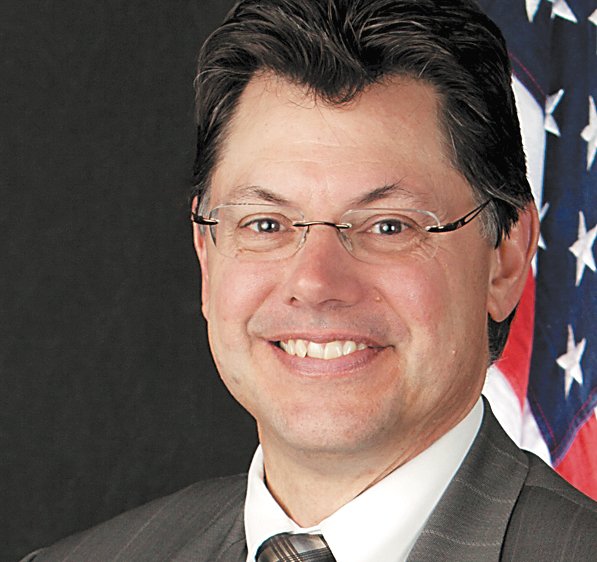In late April, the federal government released a progress report on its Police Data Initiative, which asks local police to publish better data on their operations.
Launched in May 2015, the program aims to increase transparency on police actions, reduce crime, and build trust between communities and police. So far the only thing remarkable about the data is how little there is to publish, especially in Wisconsin.
Of nearly 18,000 police agencies in the country, just 53 have signed on to the effort, and only one of those is in Wisconsin (Oak Creek Police Department). What’s more, of the 53 agencies participating, just eight have released data on officer-involved shootings and only six published data on use of force by officers.
Wausau area law enforcement say that agencies in Wisconsin aren’t hiding data. That problem is that state and local governments aren’t equipped with the software or staff to collect it.
That’s important, because local, state and federal governments typically rely on data to inform the policies they enact. Among the things we don’t know in Wisconsin:
• The number of police investigated or prosecuted for misconduct
• How often a Taser is deployed by police
• How many people in Wisconsin own guns
• How many incidents of domestic violence are reported to police
• How many corrections officers have been disciplined or prosecuted for abusing prisoners
• Number of criminal cases referred to prosecutors and how they decide which to pursue
• How often police stop pedestrians or motorists
• Number of people with a criminal record
• How many people have served time in Wisconsin prison or jail
City Pages in May submitted open records requests to the Wisconsin Department of Corrections and Department of Justice asking for answers to these questions. The responses, which took nearly four months to receive, said that no such documents exist.

Scott Parks 101316
Marathon County Sheriff Scott Parks
Keeping track of those records would be too costly and cumbersome, says Marathon County Sheriff Scott Parks, though he adds that such information would be helpful for agency decisions.
“The answers to these questions do have the potential to be beneficial, but the limited funds we receive have to be used to resolve our immediate needs,” Parks says. “That means putting more officers on the roads.”
Wausau Police Chief Jeff Hardel also cited budgetary reasons for not collecting expanded data and says the PDI has a bigger benefit factor for larger cities. “In Wausau, we review all the reports that are submitted and when we see trends we address them accordingly,” Hardel says.
But critics say the problem with a lack of data on the criminal justice system is more than just budgetary. It’s a cultural issue that gets to the heart of why criminal justice reform is so very difficult.
The Center for Policing Equity has been collecting some data on pedestrian and traffic stops and use of force. Chris Burbank, the center’s director of law enforcement engagement and the former Salt Lake City police chief, says that for some police departments and state agencies, there’s a resistance to looking too closely—“a tendency to want to tell the public only what we want them to know,” he says. “But if you don’t track what officers are doing, how can you say with any certainty that we’re doing the right thing?
As an example, Burbank points to a drop in violent crime in New York City after 1990 that was widely attributed to “stop and frisk” policies. National data, however, suggests a wider trend: Violent crime also dropped in big cities where such policies were not in use. And a 2013 report by the New York attorney general’s office showed less than 2% of all stop and frisk arrests led to a conviction, which further chips at the credibility of the practice.
In a national climate of increased scrutiny of the criminal justice system, Burbank says collecting data about officer behavior is more important than ever. It can be used to build trust, especially with those who are critical of police behavior.
With that in mind, an increasing number of states are now eyeing policies that will require data collection. Even if laws don’t require it, departments should demand that officers record the data as a best-business practice, Burbank says.
“The vast majority of police departments are using some kind of computerized system that is capable of collecting this type of data,” Burbank says. “The problem is that no one is insisting their officers put that information in… Without that data, you have no way to actually know if your agency is doing the right thing.”




